EasyLunchboxes® - Bento Snack Boxes - Reusable 4-Compartment Food Containers for School, Work and Travel, Set of 4 (Brights)
$11.99 (as of April 22, 2024 18:00 GMT +00:00 - More infoProduct prices and availability are accurate as of the date/time indicated and are subject to change. Any price and availability information displayed on [relevant Amazon Site(s), as applicable] at the time of purchase will apply to the purchase of this product.)Starting your own home-based catering business might be a terrific way to supplement your income while following your passion for food. You can convert your passion for cooking into a profitable company with a little planning, organization, and effort. In this comprehensive article, I will lead you through everything you need to know to how to start a catering business from home, from creating a business strategy to promoting your services and keeping clients satisfied.
Executive Summary Of Catering Business From Home
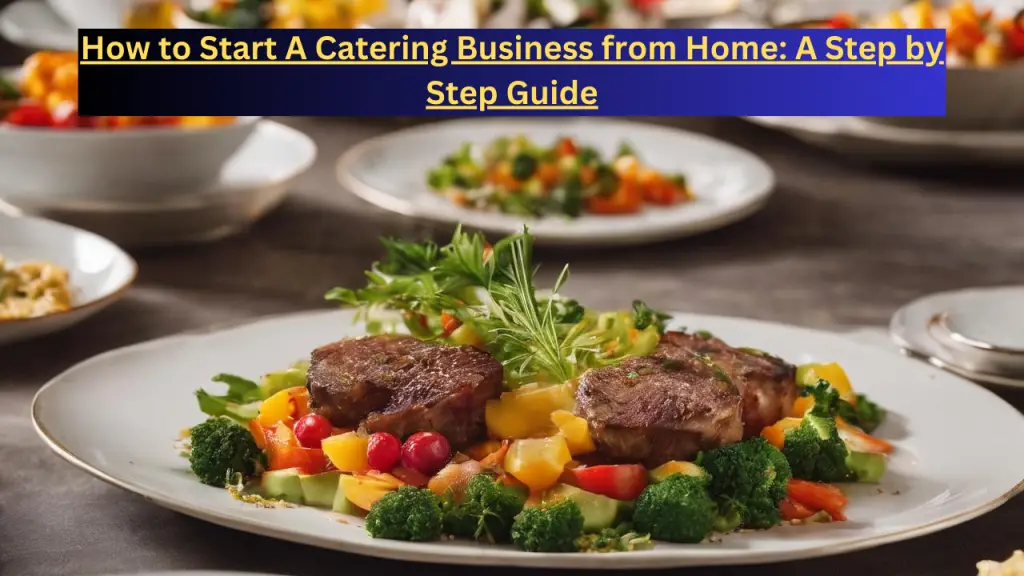
This tutorial takes an in-depth look at how to start and run a home-based catering business. The following key points are covered:
Creating a business strategy includes establishing your specialty, legal structure, price structure, recipes, and equipment requirements
Permitting and licensing requirements: food handling certification, home-based business permits, commercial kitchen requirements
Kitchen renovations include making sure you have the right equipment for professional cooking
Menu planning: choosing popular items that cater to your target markets
Pricing strategy: calculating costs and setting competitive prices
Logos, business cards, social media, and a website are all examples of branding and marketing
Customer service best practices: managing contracts, staffing events, food safety
Financial management: accounting, taxes, record keeping
Operations: staffing, vendor relationships, inventory control
Strategies for growth: expanding offerings, catering larger events
Following the advice in this detailed roadmap will help you lay the groundwork for a compliant, lucrative home-based catering business.
Developing Your Business Plan To How to Start a Catering Business From Home
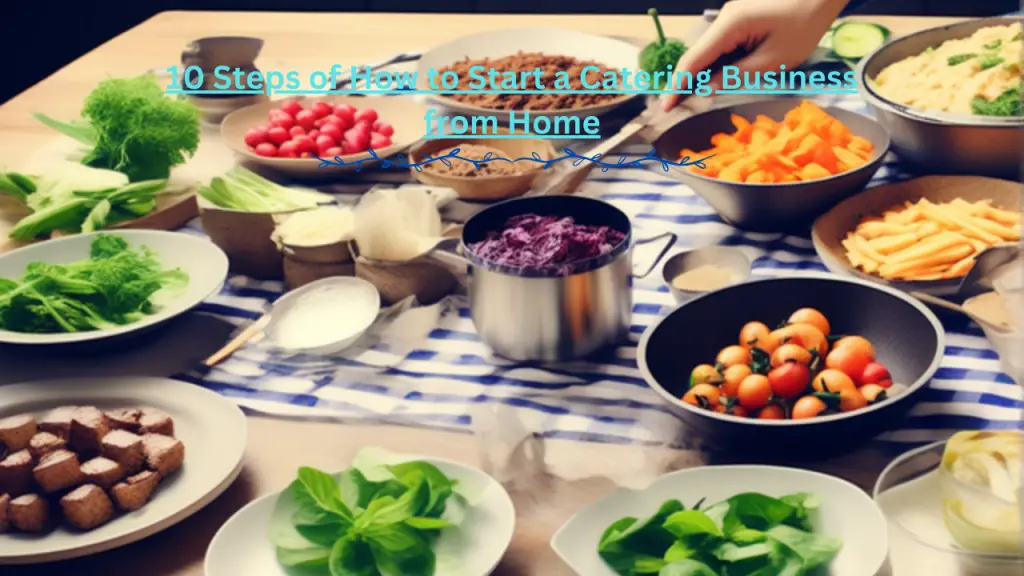
The first major step is to develop a solid business plan of catering business from home. Your plan should include your new catering business’s goal, mission, specialty, legal structure, equipment needs, initial recipes, personnel requirements, price structure, finance requirements, financial predictions, and marketing approach. Take the time to properly examine and consider each of these factors. Here are some key components to include:
Defining Your Niche
Let’s start by defining your target market and niche. Are you concentrate on weddings, business events, family gatherings, or a mix of event types? Are you concentrate in a particular cuisine, such as Italian, Indian, or Southern food? Think about your strengths as a chef and what types of events you’d enjoy catering. Limiting down your field of expertise will aid with concentration.
Legal Structure
For liability protection, decide whether to operate as a sole proprietorship, partnership, or incorporate an LLC. Investigate the legal and tax ramifications of each structure to determine the best match for your business objectives and risk tolerance.
Equipment Needs
Make a list of all the equipment required to safely and successfully manage how to start a catering business from home. Large pots, sheet pans, food processors, mixers, grills, fryers, refrigerators, and other similar items are included. Estimate costs to acquire these items new or used.
Initial Recipes
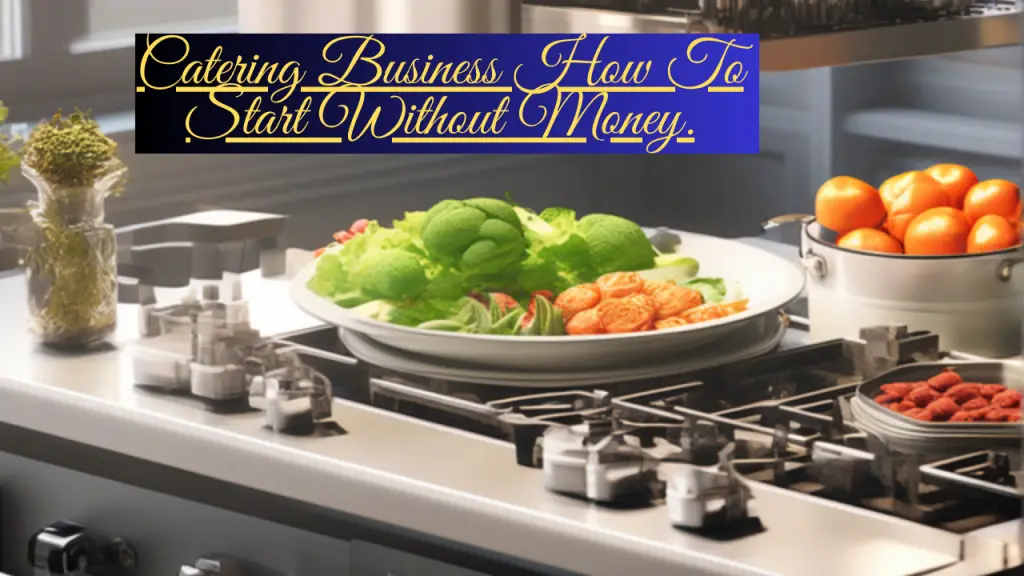
Create 5-10 trademark dishes that you wish to give consumers at first. Concentrate on crowd-pleasing foods that travel well and can be easily produced in your own kitchen.Consider appetizers, salads, main courses, sides and desserts. Provide ingredients lists and preparation instructions.
Pricing Strategy
Research pricing in your local market and determine how you’ll price menu items. Estimate component, labor, and overhead expenses to create pricing that are both reasonable and lucrative. Factor in competitive options nearby.
Marketing Plan
Create a branding plan that includes your logo, colors, and messaging. Create marketing outlets such as a website, social media, brochures, and networking. Set general advertising/promotion budgets for initial months of business.
Financial Projections
Using your menu pricing and estimated order quantities, project your start-up costs, operating expenses, profit margins and potential monthly/annual revenue over the first 1-2 years of business. This will help secure financing if needed.
Examine your whole company strategy and make any necessary changes. Before beginning operations, share your plans with advisers and mentors for comments. As your company grows, revisit your plan on a regular basis.
Permits and Licensing Requirements
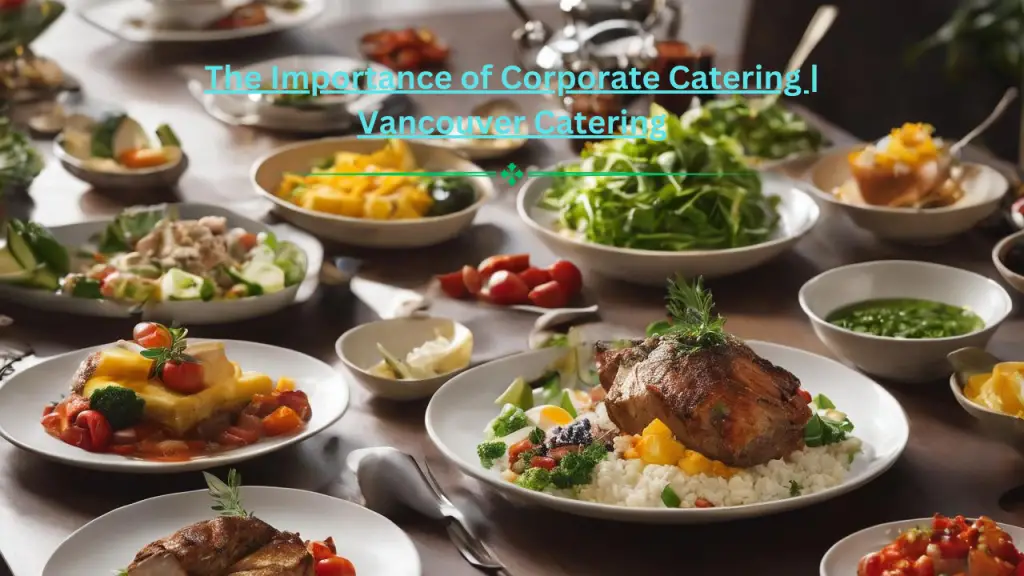
Before starting food preparation for your new business, research all applicable permits and certifications required by your city and state health departments. Here are some common requirements for catering business from home:
Food Handler Training Certificate: Many places need at least one person working in the kitchen to have a food handler training certificate. These short courses cover basic food safety practices.
Permission for Home-Based company: Most towns require a permission to operate any non-retail company from one’s home. Permits frequently include requirements for client traffic, signage, and parking.
Commercial Kitchen Examination: Health officials will need to sign off on workstations, equipment, storage, and plumbing to ensure that your home kitchen satisfies commercial food safety requirements.
Business License: A general business license is normally required to lawfully operate inside city/county borders. May need to obtain seller’s permit for tax collection purposes as well.
Research requirements specific to your location and contact regulators early in the process. Obtain all proper permits, licenses and certification before handling any customer food orders from your kitchen. Once in operation, regular inspections should be expected.
Kitchen Upgrades for Commercial Cooking

Converting your personal kitchen into a professional food manufacturing facility necessitates significant changes. Here are some key areas to concentrate on for how to start a catering business from home:
Workspaces: Increase counter time, working rows, and shelves for efficient ingredient storage. Think about getting a stainless steel workstation or prep tables.
Equipment: Invest in heavy-duty appliances designed for volume, such as a commercial stove, oven, refrigerator, freezer, food processor, mixing equipment, and so on.
Plumbing: Ensure that the sinks, drains, and water supply can withstand additional demand. Consider adding extra handwashing sinks as needed.
Storage: Make the most of cabinet, pantry, and closet space for bulk dry products, canned goods, paper supplies, and fridge/freezer items.
Lighting: Ensure that work spaces have promising shadow-free lighting at all times for safe food preparation.
Flooring: For commercial kitchens, choose nonporous, smooth surfaces such as tile that are easy to clean.
Ventilation: Commercial vent hoods may be required to remove excess heat, smoke, fumes depending on equipment used.
Overall, as your firm expands, prioritize modifications that maximize usefulness, food safety, and the capacity to scale production. Consult local codes regarding any structural or major appliance changes needed.
Menu Planning
One of the most important first tasks is to thoroughly prepare your catering menu. Consider these menu development best practices:
Market Research: Check menus from competitors in your area. Take note of popular goods, pricing points, and dietary alternatives.
Develop recipes that are tailored to the tastes of your target groups. (e.g. families, professionals, special diet folks)
Variety: To accommodate varied tastes, provide a variety of appetizers, salads, main courses, sides, and desserts.
Flavors: Choose worldwide tastes that people appreciate, such as Italian, Mexican, Asian, and Southern food.
Presentation: Dishes must look and taste wonderful while transporting well in disposable/eco-friendly packaging to events.
Simplicity: Focus on foods that can be made on a small scale using a few easily identifiable, high-quality components.
Photography: Take outstanding photos of prepared things to lure buyers online/in marketing materials.
Start with 5-10 signature recipes that align to the points above. Ideas include: bruschetta, chicken satay, ceviche, mac and cheese, enchiladas, pasta primavera, stir fries, cakes, cheesecakes, fruit platters. Later, expand seasonal offerings.
Pricing Your Menu
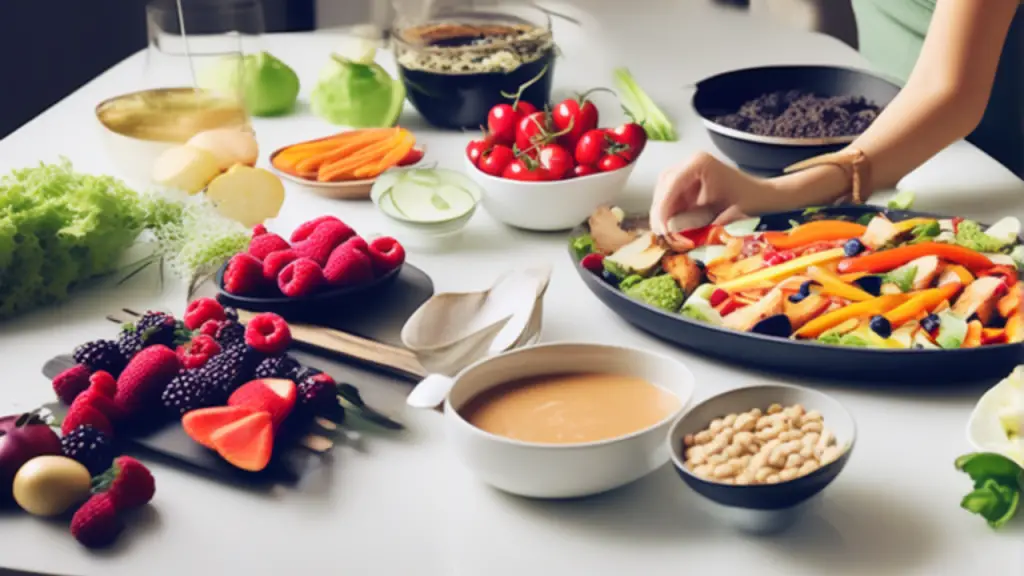
Proper menu pricing is crucial to covering costs while remaining competitive. Here is a step-by-step process for how to start a catering business from home:
Calculate food & beverage costs: Factor in ingredient, packaging supply costs. Estimate 30-35% of menu price.
Factor in direct labor costs: Paying self + assistance for prep, cooking, serving. Estimate 20-25% of price.
Account for overhead costs: Kitchen utilities, rent, insurance, taxes. 10-15% of price.
Calculate desired profit margin: Target 20-30% of menu price after costs are covered.
Compare to competition and make adjustments as needed to remain competitive.
Consider offering package/volume discounts to clients who buy numerous goods.
When feasible, price with psychologically attractive figures such as $12, $18 rather than $11.95 when possible.
Revisit pricing regularly if costs fluctuate or demand shifts. Update quarterly.
To fine-tune your methodology, fill out a pricing spreadsheet for 3-5 sample recipes. Consider minimum order quantities and shipping fees, if applicable.
Branding and Marketing Your Business
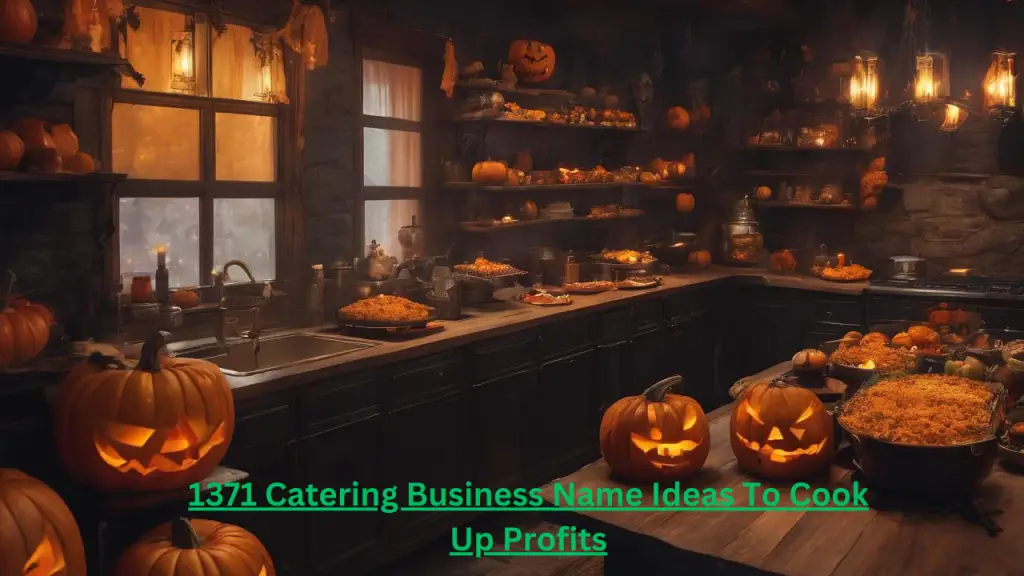
Creating a strong brand presence is essential for acquiring new consumers and distinguishing your catering business. Focus on these branding/marketing strategies of catering business from home:
Logo Design: Create a professional, memorable logo with your business name, font and colors that represents your brand easily on all materials.
Tagline: Develop a catchy 1-2 word phrase to describe your offerings simply and spark interest.
Business Cards: Get high quality, custom cards printed with logo, contact info, website/social media to hand out everywhere.
Direct Mailers: Design postcards/flyers to mail to residential neighborhoods and local companies promoting your grand opening.
For more detailed and informational articles regarding to food visit



